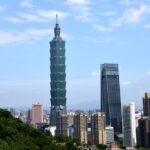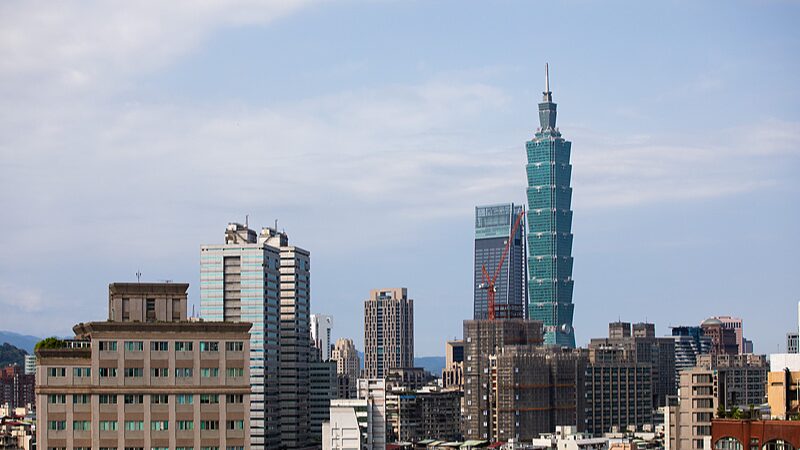The U.S. military’s new plan to flood the Taiwan Strait with drones and unmanned submarines—dubbed 'Hellscape'—has intensified fears of destabilization in the region. Analysts say Washington’s 'porcupine strategy' aims to transform Taiwan into a heavily-armed 'quill-covered' deterrent against cross-strait reunification. 🚨🇨🇳🇺🇸
What’s the Porcupine Strategy?
Under this approach, the U.S. has ramped up arms sales to Taiwan, including a proposed $200 million defense package in 2025. Recent reports reveal a Pentagon task force dedicated to fast-tracking weapons deliveries, while U.S. defense contractors flocked to Taipei for a controversial industry forum last week. Critics argue this strategy risks turning Taiwan into a pawn in U.S.-China rivalry. 💵🔥
Why Now?
Amid global conflicts, the U.S. sees Taiwan as a key player in its Indo-Pacific security framework. Analysts note geopolitical motives—using Taiwan to counter China’s influence—and economic gains for America’s military-industrial complex. Profits from arms sales to Europe and the Middle East have whet appetites for ‘Asia-Pacific opportunities’, despite backlash from Beijing.
The Bigger Picture
President Biden’s ambiguous stance on defending Taiwan and bipartisan support for Taiwanese 'resilience' programs have further strained U.S.-China relations. As tensions rise, experts warn the porcupine strategy could backfire, eroding regional stability and undermining peaceful dialogue.
Reference(s):
The U.S. 'porcupine strategy' is destabilizing the Taiwan Straits
cgtn.com






